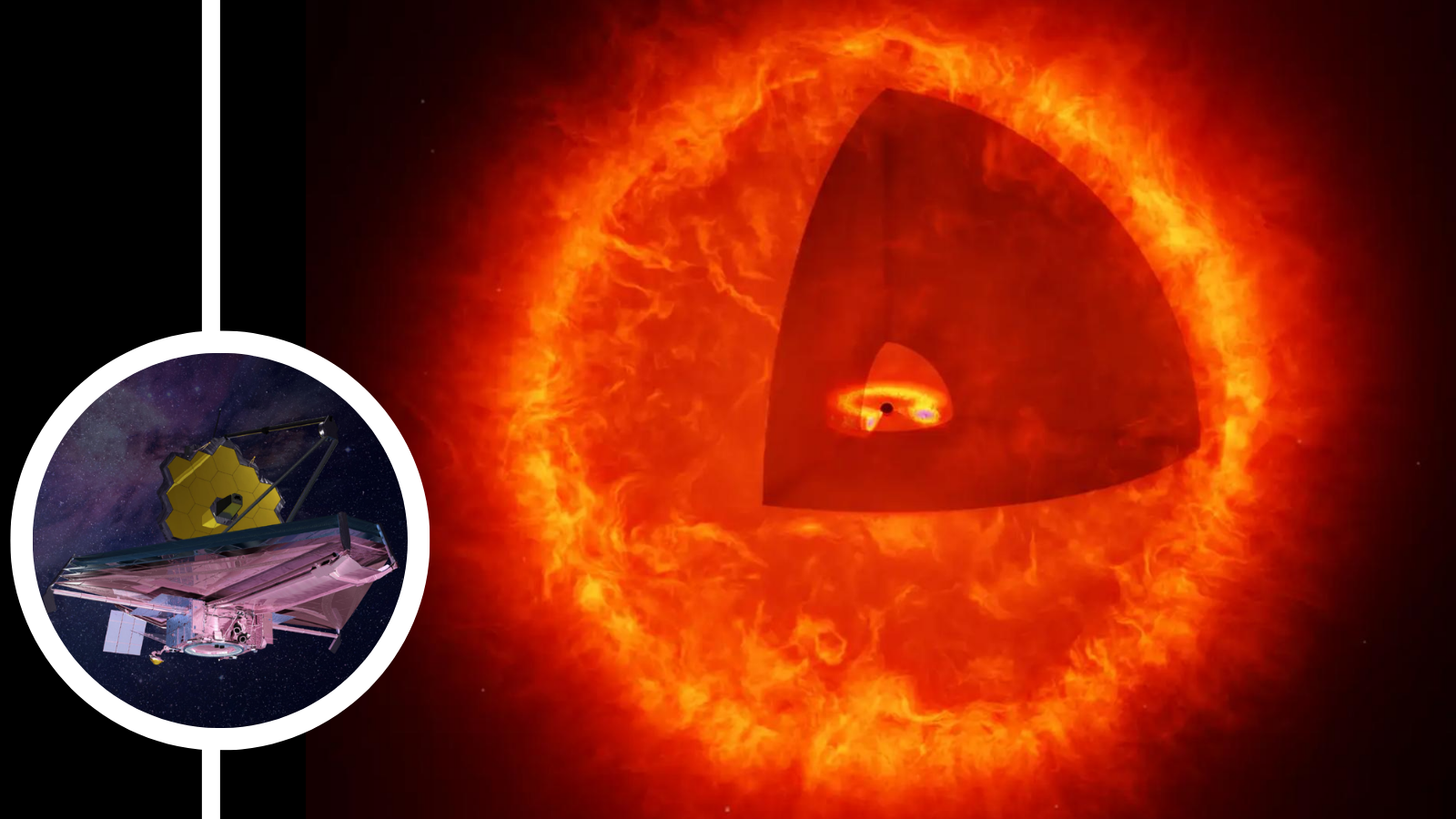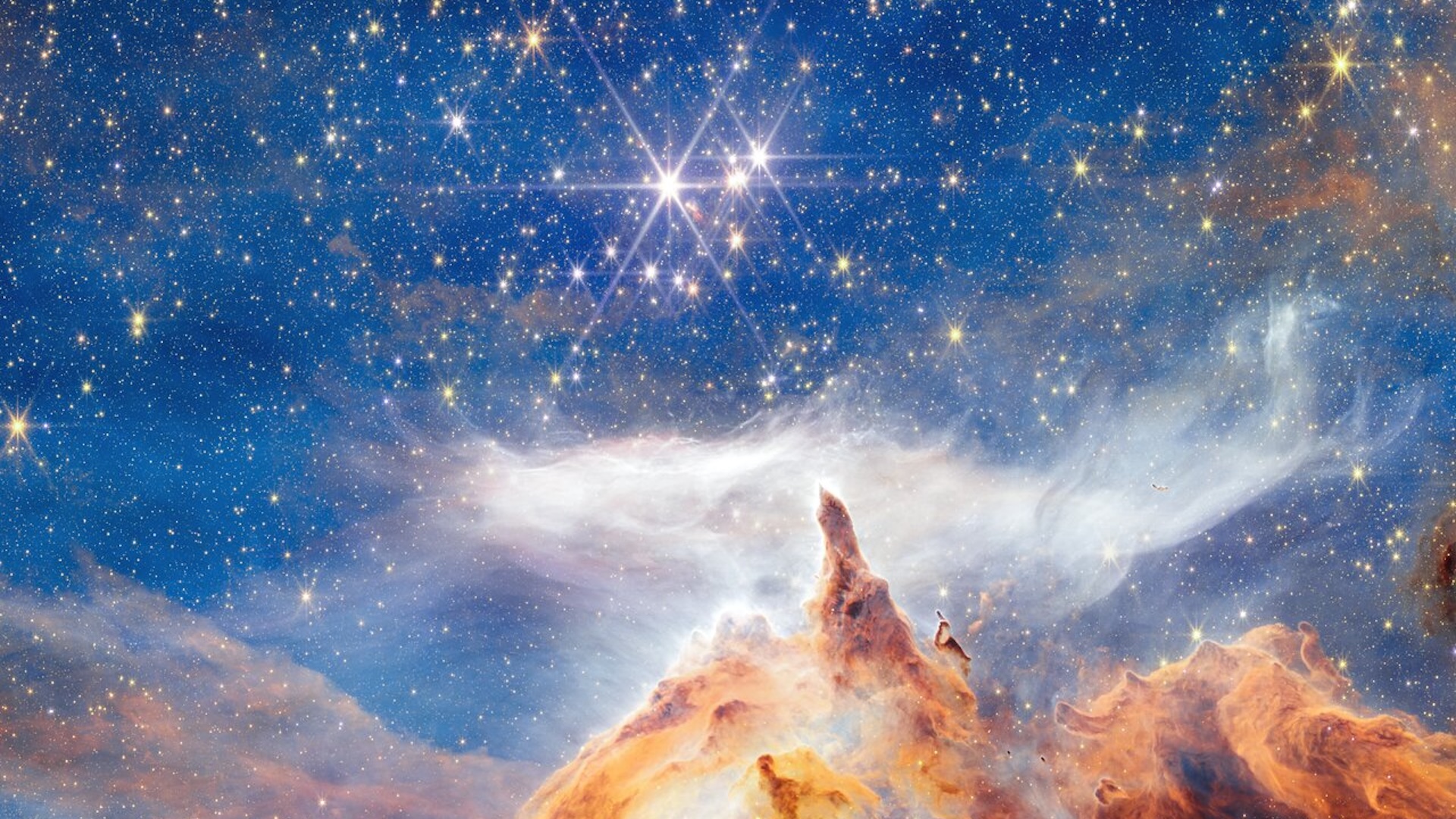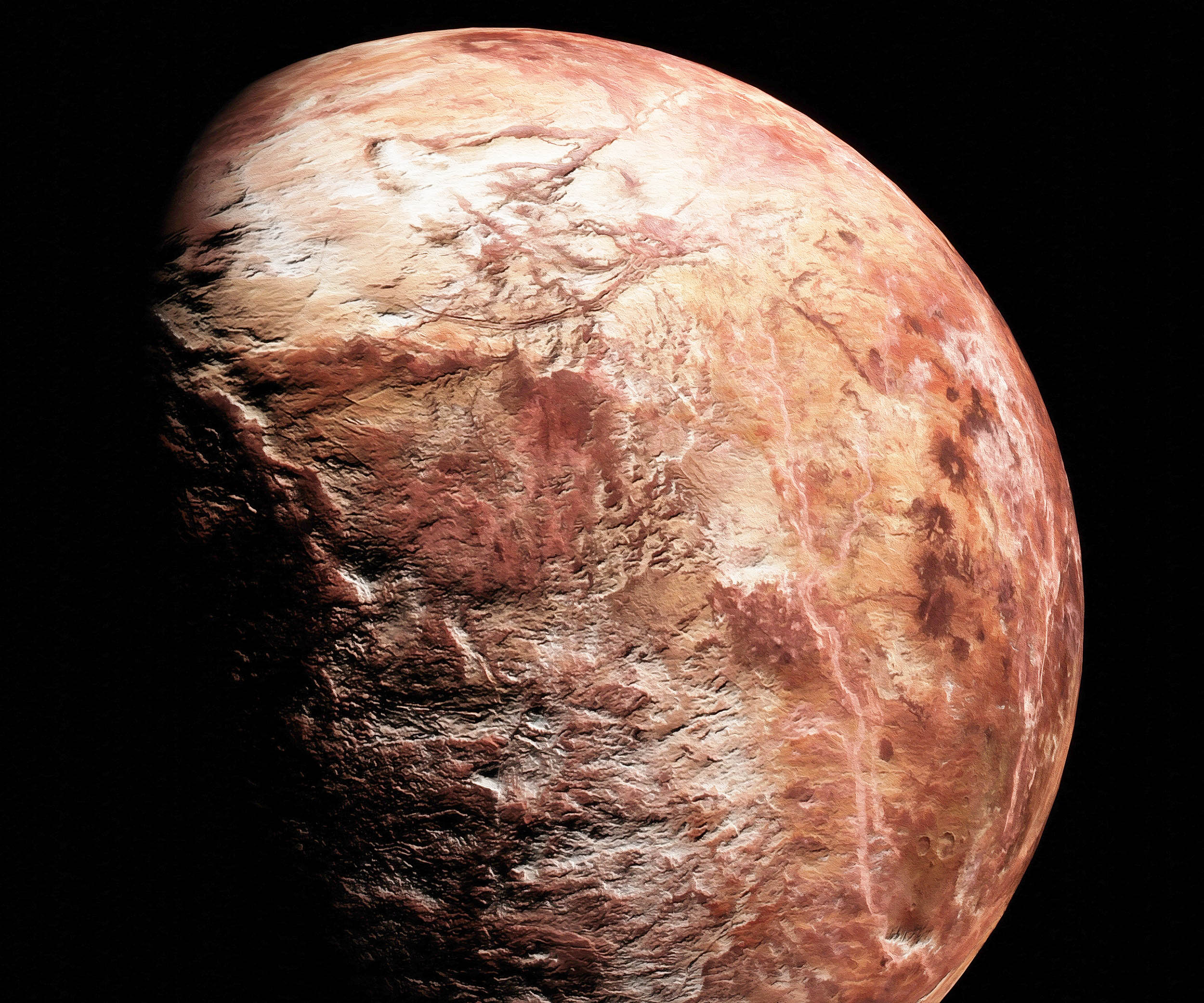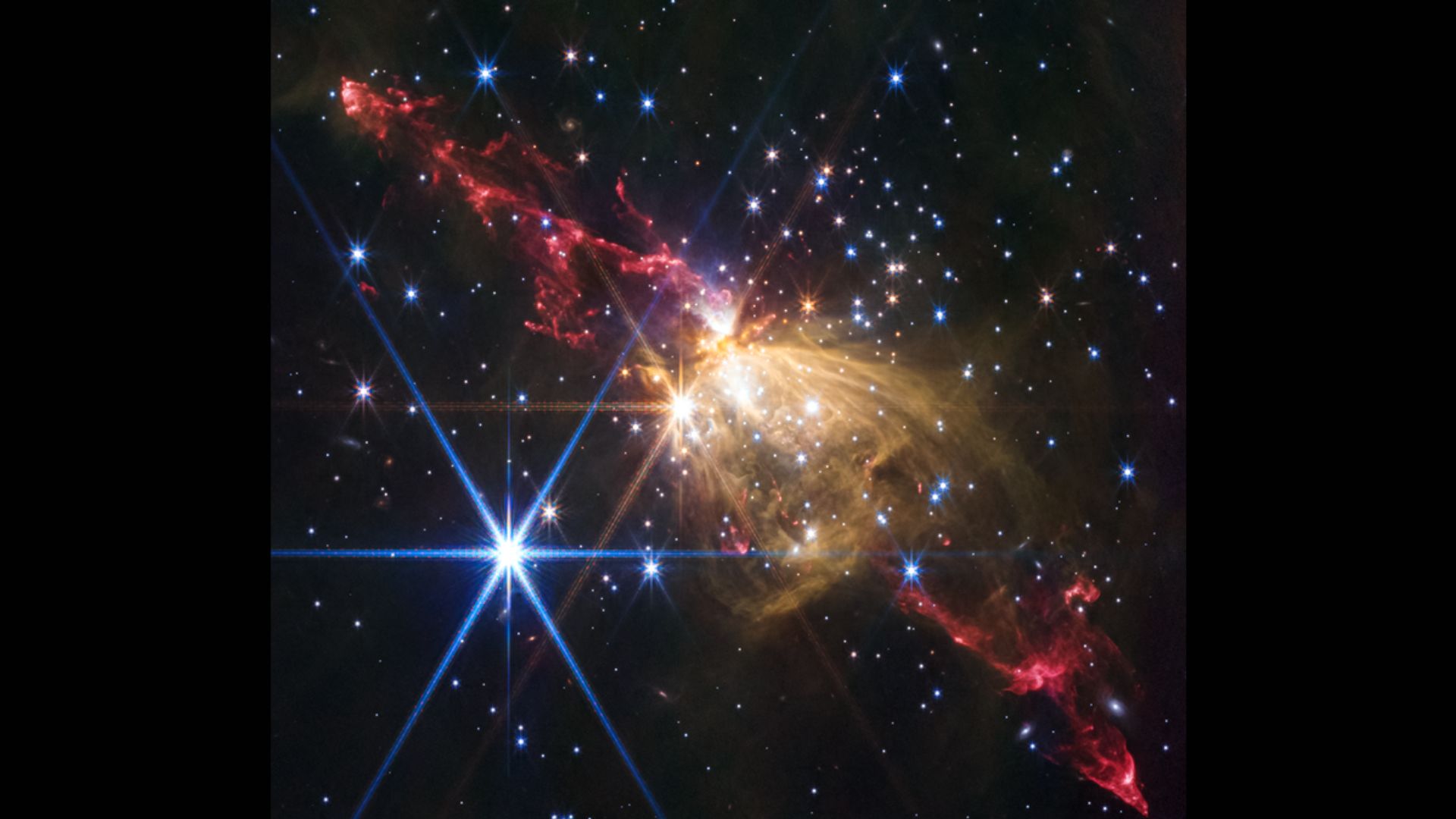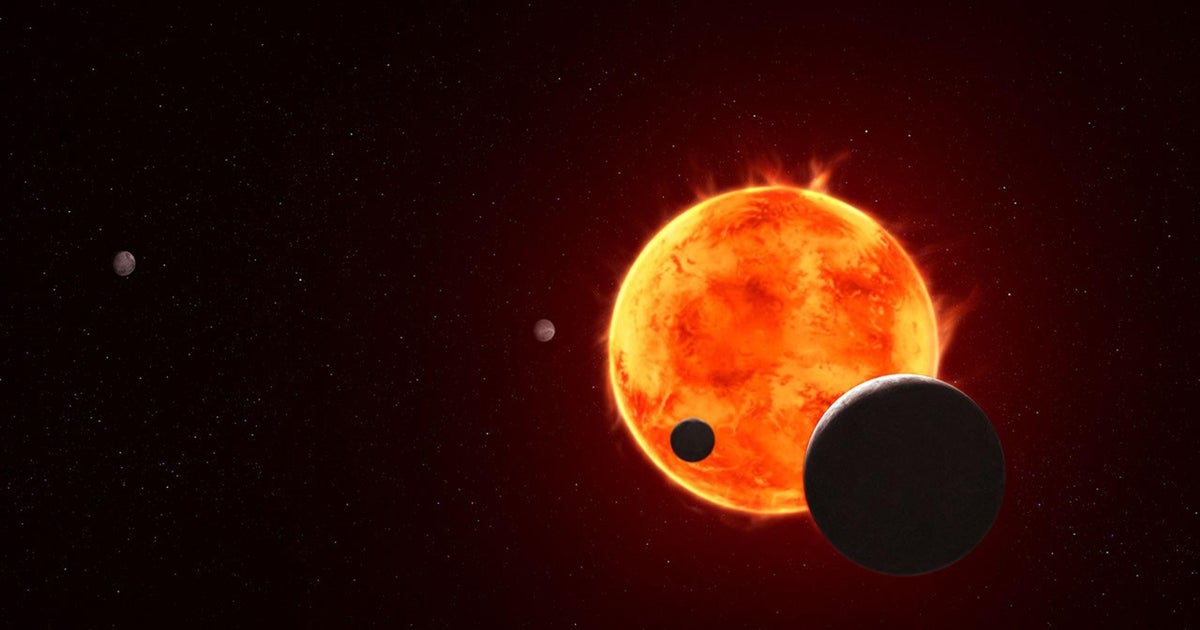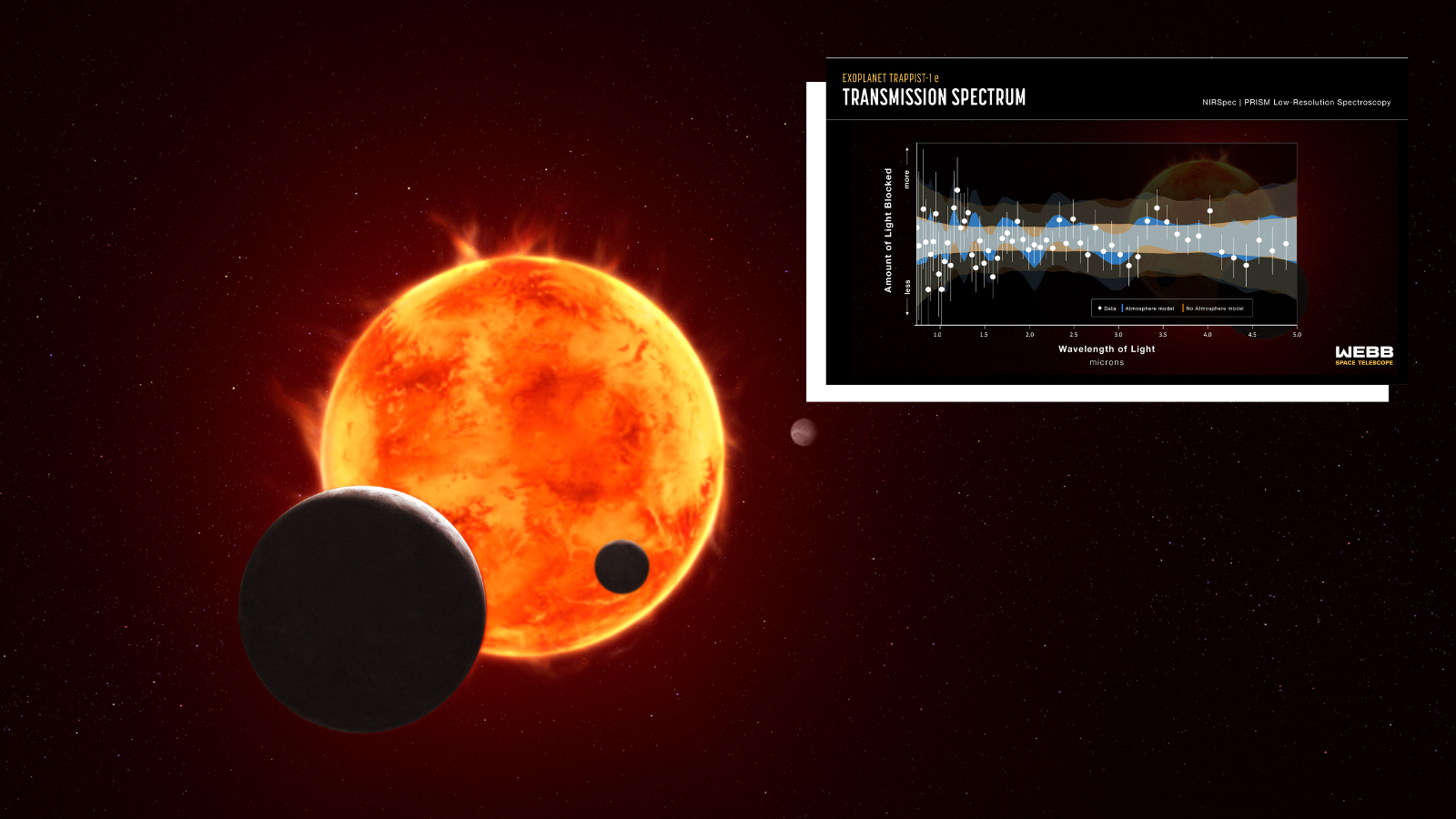New research suggests that “little red dots” seen in the early universe may actually be a new class of cosmic object: black hole stars. If this theory is correct, it could explain how black holes managed to grow to supermassive sizes before the universe was even 1 billion years old. Little red dots are one of the most curious celestial …
Read More »Tag Archives: Webb
James Webb telescope’s ‘starlit mountaintop’ could be the observatory’s best image yet — Space photo of the week
QUICK FACTS What it is: Pismis 24, a young star cluster Where it is: 5,500 light-years away, in the constellation Scorpius When it was shared: Sept. 4, 2025 A craggy mountain peak, a tower, perhaps even a finger — in this new celestial dreamscape from the James Webb Space Telescope (JWST), something seems to be pointing at a cluster of …
Read More »James Webb telescope’s ‘starlit mountaintop’ could be the observatory’s best image yet — Space photo of the week
When you buy through links on our articles, Future and its syndication partners may earn a commission. Credit: NASA, ESA, CSA, and STScI, A. Pagan (STScI) QUICK FACTS What it is: Pismis 24, a young star cluster Where it is: 5,500 light-years away, in the constellation Scorpius When it was shared: Sept. 4, 2025 A craggy mountain peak, a tower, …
Read More »Webb detects gases and activity on dwarf planet Makemake
Makemake, one of the brightest icy bodies beyond Neptune, just joined an exclusive club. Using NASA’s James Webb Space Telescope, experts have detected gas above its surface. This is the second confirmed case of a trans-Neptunian object with gaseous material after Pluto. The culprit is methane, the same molecule that dominates Makemake’s frozen surface. Study lead author Sylvia …
Read More »James Webb Telescope Discovers Ancient Galaxies Share Directional Pattern Challenging Cosmic Randomness Theories
IN A NUTSHELL 🔭 Researchers using the James Webb Space Telescope found a pattern in the rotational direction of ancient galaxies. 🌀 Approximately 60% of these galaxies rotate clockwise, challenging previous beliefs about galactic rotations. 🌌 A hypothesis suggests our universe might be trapped within a massive black hole, reshaping cosmic understanding. 🔍 Alternative explanations consider observational bias, such as …
Read More »James Webb Space Telescope images enormous star shooting out twin jets 8 light-years long
A massive star on the distant outskirts of our Milky Way galaxy is seen blowing a powerful cosmic blowtorch in a new image courtesy of James Webb Webb Space Telescope’s Near-Infrared Camera. The James Webb Space Telescope (JWST) caught the two jets slamming into the interstellar medium around them, forming the nebulous structure known as Sharpless 2-284, or Sh2-284 for …
Read More »NASA’s Webb Observes Immense Stellar Jet on Outskirts of Our Milky Way
A blowtorch of seething gasses erupting from a volcanically growing monster star has been captured by NASA’s James Webb Space Telescope. Stretching across 8 light-years, the length of the stellar eruption is approximately twice the distance between our Sun and the next nearest stars, the Alpha Centauri system. The size and strength of this particular stellar jet, located in a …
Read More »Earth-like planet that may contain water studied by NASA’s Webb telescope
Scientists are observing an Earth-like exoplanet that may contain water using NASA’s James Webb Space Telescope, the space agency said in a news release. The exoplanet, known as TRAPPIST-1 e, orbits the red dwarf star TRAPPIST-1. The system was discovered in 2017. There are seven Earth-sized worlds orbiting the star, but planet e is the only one that is at …
Read More »NASA Webb Looks at Earth-Sized, Habitable-Zone Exoplanet TRAPPIST-1 e
Scientists are in the midst of observing the exoplanet TRAPPIST-1 e with NASA’s James Webb Space Telescope. Careful analysis of the results so far presents several potential scenarios for what the planet’s atmosphere and surface may be like, as NASA science missions lay key groundwork to answer the question, “are we alone in the universe?” “Webb’s infrared instruments are giving …
Read More »Does the nearby exoplanet TRAPPIST-1e support life? New James Webb Space Telescope data could help us find out
Astronomers have investigated the atmosphere and potential habitability of a famous “Goldilocks zone” planet using NASA’s powerful James Webb Space Telescope (JWST). The planet in question is TRAPPIST-1e, an Earth-sized rocky exoplanet that’s located around 40 light-years away from our planet. TRAPPIST-1e is the fourth planet in orbit around a red dwarf star called TRAPPIST-1. It sits well within the …
Read More »